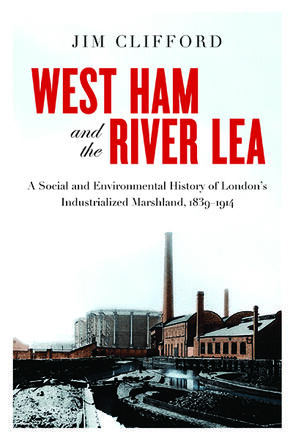
West Ham and the River Lea
A Social and Environmental History of London’s Industrialized Marshland, 1839–1914
This original account of industrial London’s expansion into West Ham’s suburban marshlands highlights how pollution, poverty, and water shortages fuelled social democracy in Greater London.
Description
West Ham and the River Lea explores the environmental and social history of London’s most populous independent suburb and its second largest river. Jim Clifford maps the migration of industry into West Ham’s marshlands and reveals the consequences for the working-class people who lived among the factories. He argues that poverty, pollution, water shortages, and disease stimulated momentum for political transformation, providing an opening for a new urban politics to emerge. This book establishes the importance of the urban environment in the development of social democracy in Greater London at the turn of the twentieth century.
Reviews
Clifford draws welcome attention to part of Greater London frequently neglected in historical scholarship due to its proximity to London yet independent status … West Ham and the River Lea provides a view of the social and environmental impacts of West Ham’s industrialization with an emphasis on the sanitary experiences of people living in the borough during the late nineteenth and early twentieth century.
- Nicola Tynan, Dickinson College
West Ham, Clifford shows, was beset by intersecting social, administrative, technical, and environmental problems, and their consequences were felt quite unequally … Such nuance and detail is perhaps this book’s major contribution.
- William M. Calvert, The University of St. Thomas